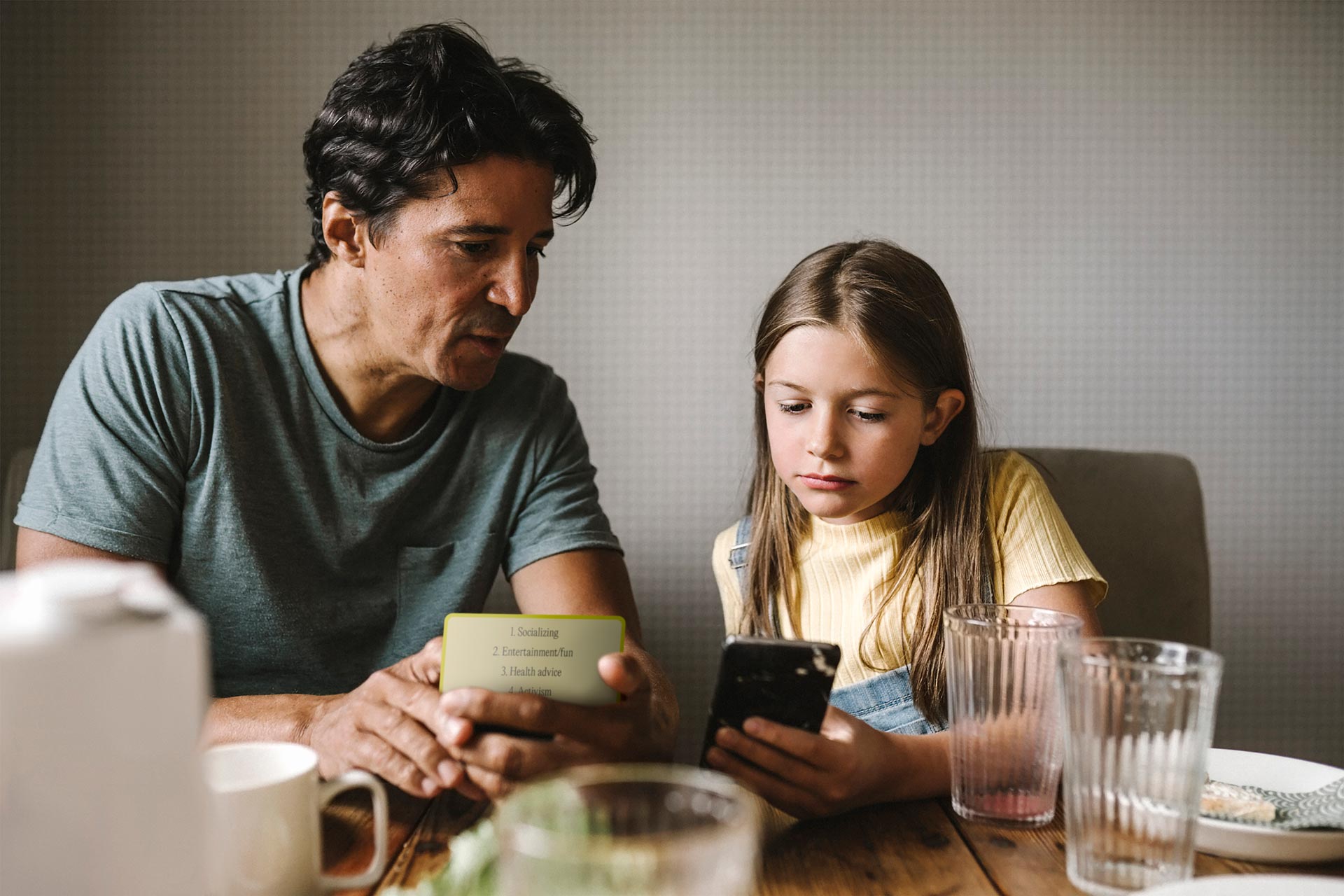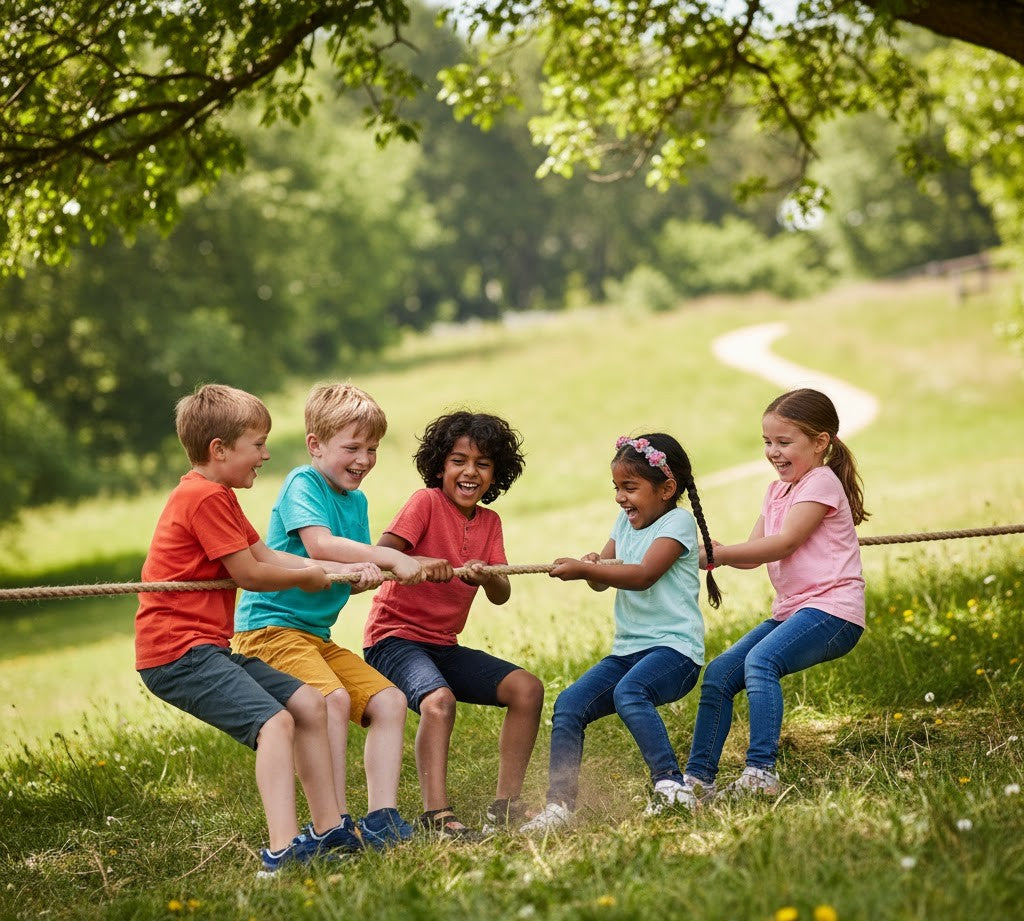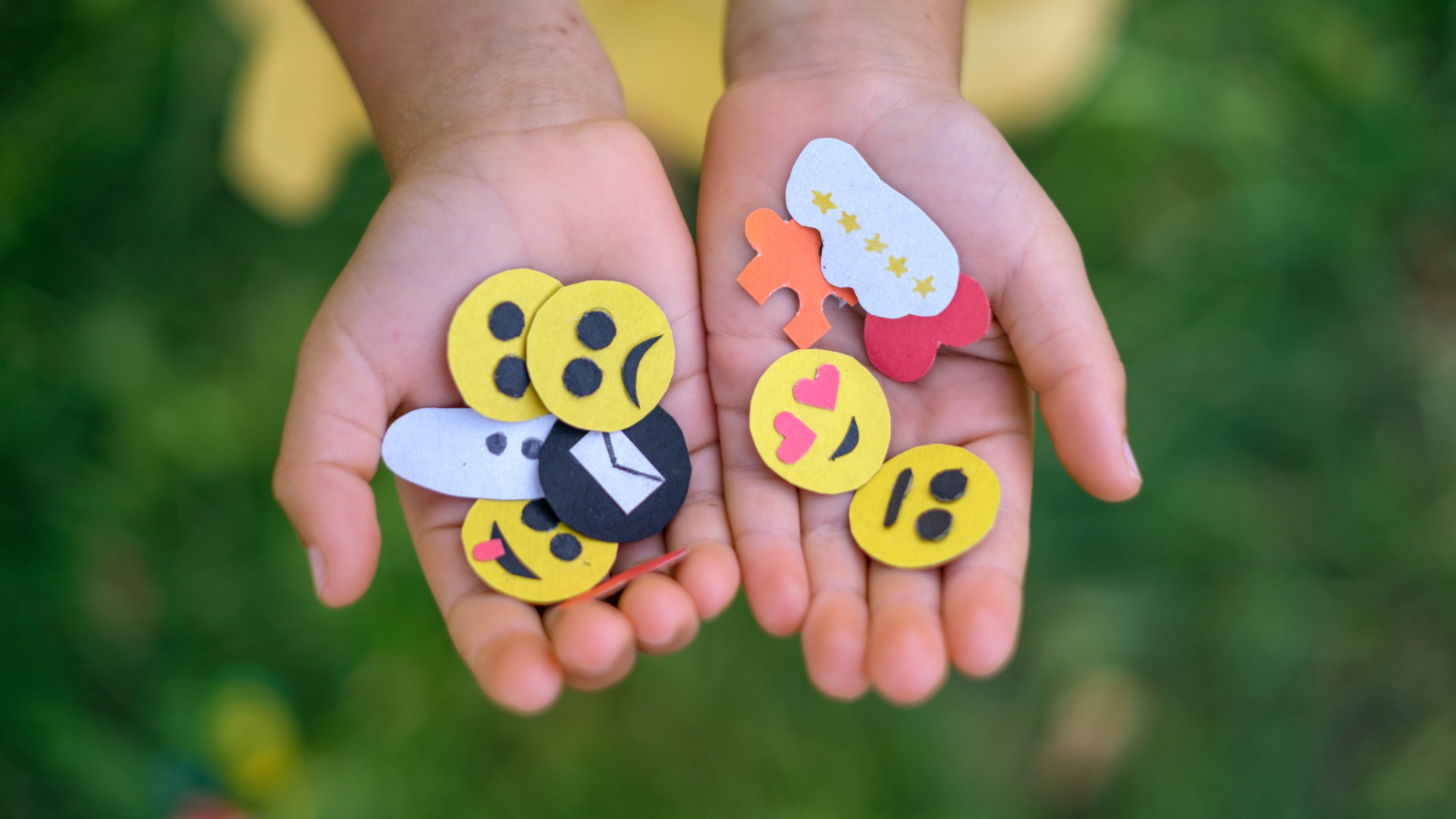The hidden struggle: Being excluded in the online world

Online bullying can be a harrowing experience for kids, just as it’s the case with bullying ‘offline’. A form of cyberbullying that often goes unnoticed is being excluded from online social settings.
For many kids, online spaces are a natural extension of the relationships they form at school or during their free time. Online communities and friendships can sometimes hold equal importance. This means that being ignored online and the emotional effects of online bullying of this kind are impactful events in a young person's life.
This is something that we as parents can overlook, thinking ‘it’s just online’ and that anything of real value only happens in the ‘real world’. But for kids, the online world can be just as much a real world. They don’t divide in real vs. online as we digital immigrants often do.
The physical and online dimensions are often entangled and equally real to the younger generation. This is why how kids feel online matters.
How online communities affect kids' emotional health
We must recognize that these digital communities and peer acceptance online can be just as significant to children, impacting their well-being, self-esteem, and social lives, both positively and negatively.
Feeling included and accepted by those around us is a fundamental need for everyone, especially for older kids who are highly focused on seeking acceptance and friendship. This is important for us to understand when it comes to teens and social media and teen digital friendships.

Being excluded and feeling left out online from digital groups can feel isolating and negatively impact a child’s well-being and self-worth. The effects can be profound if a child feels excluded by their friends online.
How to recognize signs of online social exclusion
Studies show that in almost every class, there are children who aren’t included in the class’s social media groups, who are not tagged in posts, or who experience some form of digital social rejection.
Unlike exclusion in the physical world, exclusion in the digital space is often less visible to adults, but can be just as painful. This is why parents need to know how to identify cyberbullying of this kind.
If we are not familiar with our children's online social worlds or the different forms of interaction, it can be hard to understand how our kids can be excluded and what it might mean to them.
Online exclusion is not always related to bullying but can be caused by external factors, such as parents setting well-meaning rules around the use of digital devices and apps. This can result in not having access to the devices or apps that give access to the online communities.
The boundaries around online communication, social media, and digital devices can vary greatly within families. This can show up in the classroom or within friend groups, as some kids are allowed access while others are not.

Discussing this issue in advance with the parents of your child’s friends or in a school setting, to agree on when the kids should be able to start connecting online, is a great start to prevent online exclusion.
At other times, the exclusion is intentional and a form of cyberbullying. To recognize online bullying of this kind is a crucial part of cyberbullying awareness. When we are familiar with the different online social exclusion signs and social rejection examples, we will be much better suited to help our child with online exclusion.
Common ways kids experience online exclusion
1. Excluded from natural group settings
When a child is being excluded from group chats, for example, by not being invited to group chats with classmates, friends, or other groups they would normally be part of, it can feel deeply upsetting. Maybe a child finds out that three of their best friends have a group chat they are not part of. It can also happen that someone is not allowed a phone or to join social media, and therefore misses social events that friends are planning using the app.
Parents and teachers should also be aware of this form of online exclusion in school settings, especially if important school events or social plans are planned using social media. It can be better to find ways of communicating that everyone has access to, or at least ensure those who don’t have access are included in the planning in other ways, so no one is left behind.
2. Not being tagged in photos or posts.
For many kids, being tagged in photos or posts can hold great social value. It signals belonging to a group, and that their presence is recognized or accepted. Not being tagged in a post deliberately, while everyone else is, can feel deeply hurtful. Many kids use tagging as a way to signal to others who their best friends are, or who they want to be associated with.
3. Being ignored on social media
Some kids experience that their posts or pictures never receive likes or comments, even when their friends or classmates have seen them. This feels like being excluded on purpose if the same people comment or ‘like’ other people's social media posts. Even if it wasn’t done on purpose, some kids still report this as feeling shameful and will delete posts or pictures that don’t get the online attention they had hoped for.
4. Witnessing photos from events they weren't invited to
Many kids share the highlights of their day on social media, documenting parties or fun moments with friends. It can be hard to see photos of your friends or classmates hanging out or going to events if you were not invited.

The reason for this could be many, but often in cases of cyberbullying, it’s done intentionally to hurt someone. Even if it happens unintentionally and is not related to bullying, many kids report feeling lonely or as if their life is not as exciting when they see these posts.
5. Seeing friends hanging out on location services
Through location services, it is possible to see the location of different social media users and the friends you are connected to online. For a child, it can be difficult to discover that your friends are all in the same spot, but you weren't invited.
This kind of location feature is often the cause of conflicts within friend groups. If you are experiencing any form of bullying or digital peer exclusion, this feature will make it even more visible to you.
6. Not having messages answered
Another way of excluding someone online is by ignoring their messages or comments. These can be messages in a private chat or group chat, or comments on posts. To many kids, this would feel like talking to someone who would ignore them and look away when they said something. Even if this is not done intentionally, most will wonder if it could be on purpose and if the other person doesn’t like them.

Understanding why online exclusion happens
While some instances of exclusion may be intentional and meant to harm, others may result from thoughtless habits, oversights, or simple misunderstandings that unintentionally leave certain children feeling left out and hurt.
Recognizing these different causes of exclusion can help you understand the specific situation better. This way, you can find the right solution and know how to help your child with social rejection online.
If these subtle forms of exclusion happen regularly, they can deeply affect a child’s sense of belonging and connection. Often, it happens unintentionally or during ups and downs and conflicts in friend groups, but this can feel equally devastating and be enough to ruin the mood for a day.
This is something to be aware of, especially when parenting teenagers. Knowing about the importance of online social interactions will allow us to give the right emotional support for kids who experience this. Equally, we must guide our kids to stay considerate and make sure they don't do this to someone else.

Helping your child navigate friendships and teaching empathy to kids will help prevent both minor misunderstandings as well as cases of bullying and social exclusion online.
When it comes to online communication, social media, and parenting, there is a lot that we can do to teach our kids about respectful and inclusive digital interactions and how to avoid misunderstandings in online communication. As our kids grow and more of their social life happens online, it will be something we should be especially aware of when parenting a teenager.
As a great support for this journey, we recommend these 10 tips for good online communication. Our Raising Digital Citizens kit also works as an amazing support for this important conversation on anything from online etiquette and respectful behavior to online wellbeing and issues with bullying.





